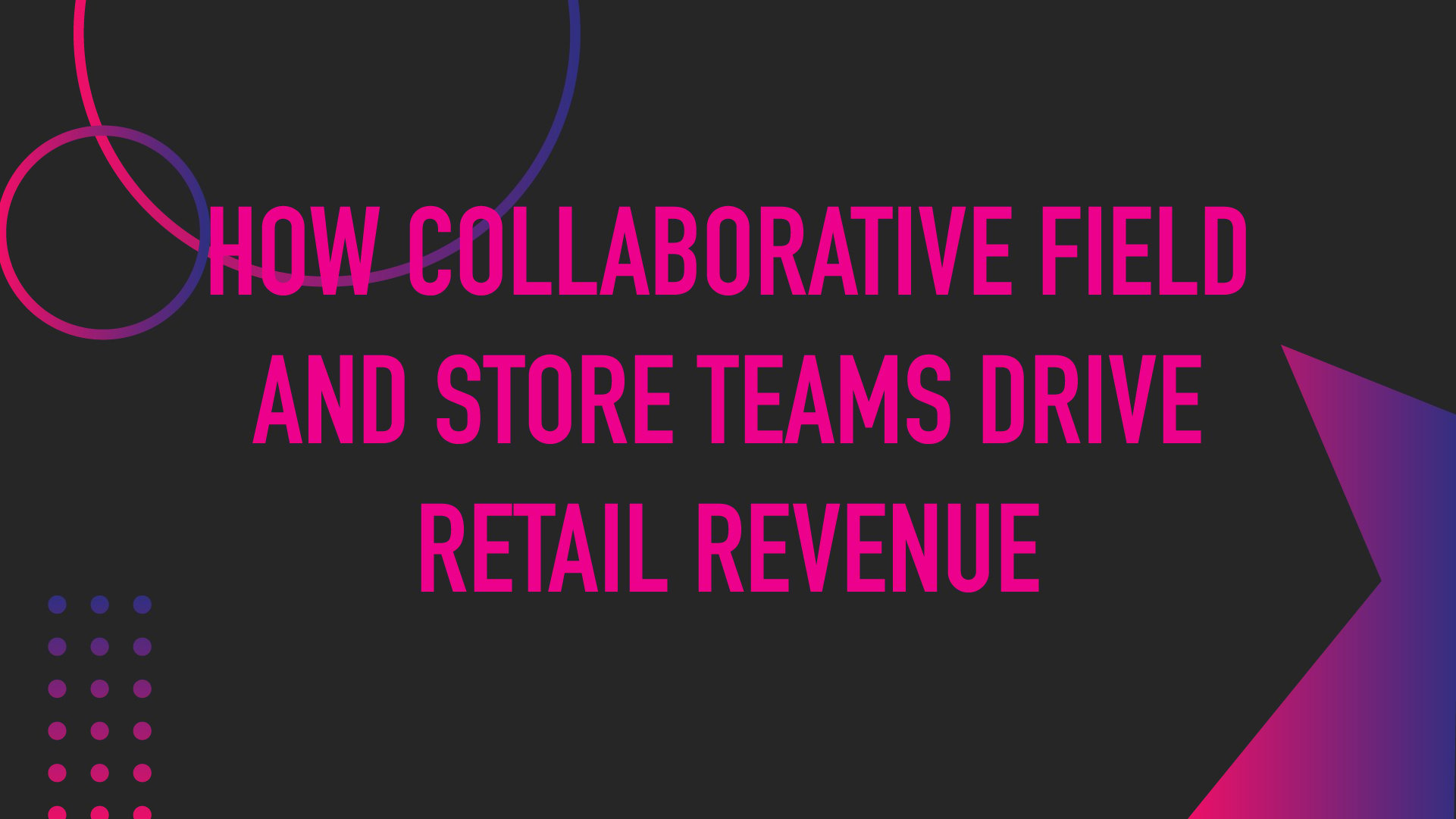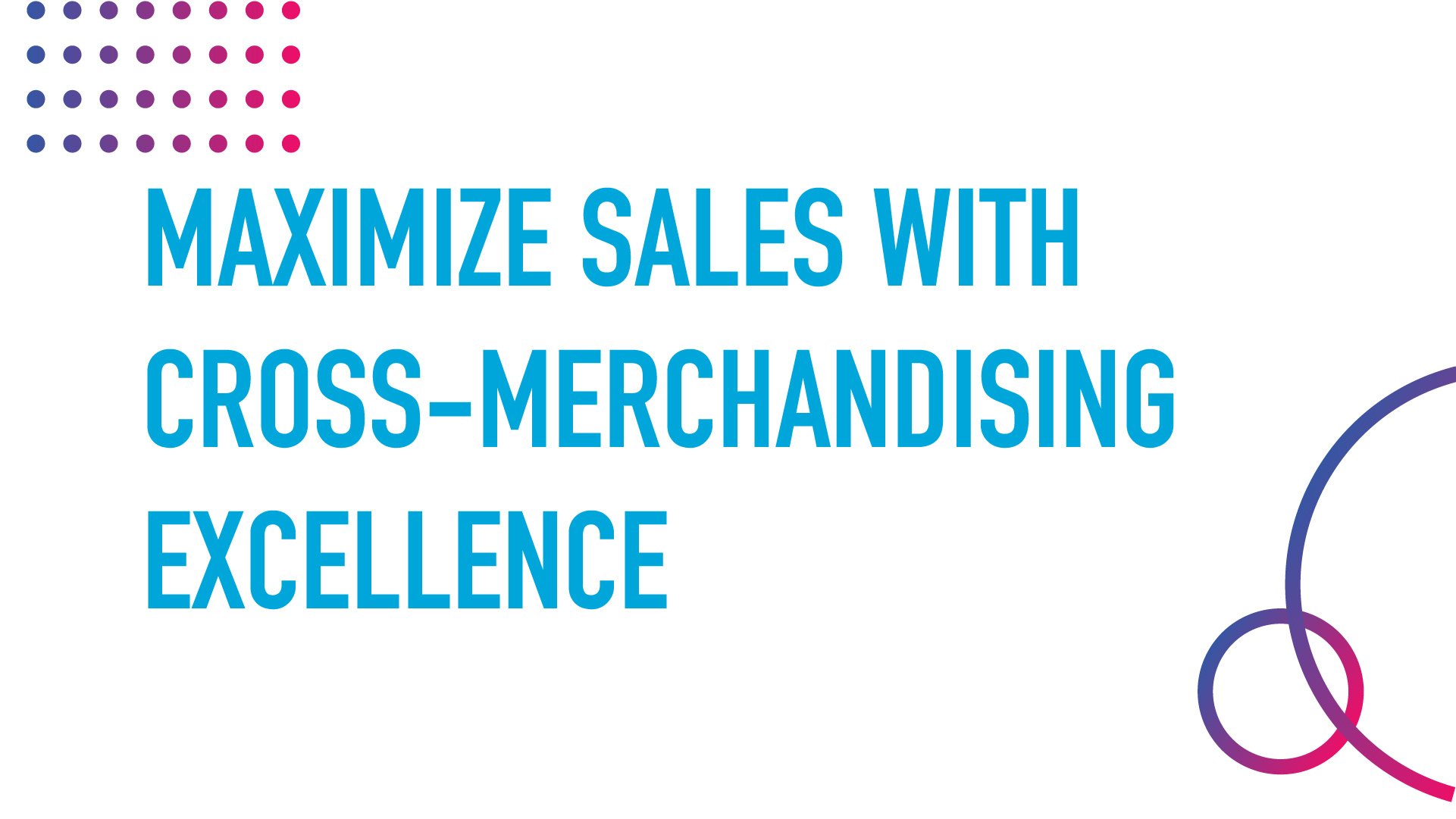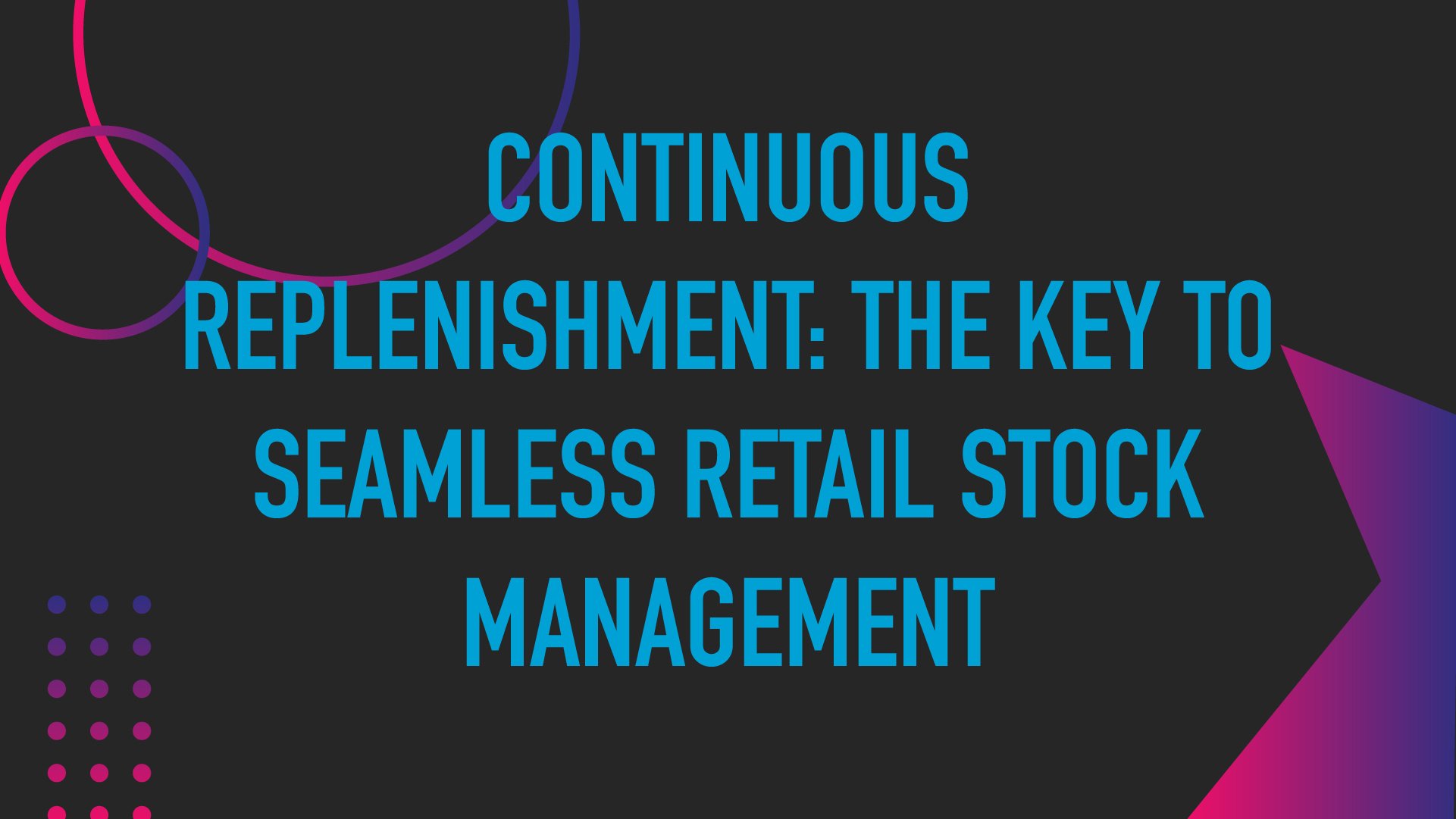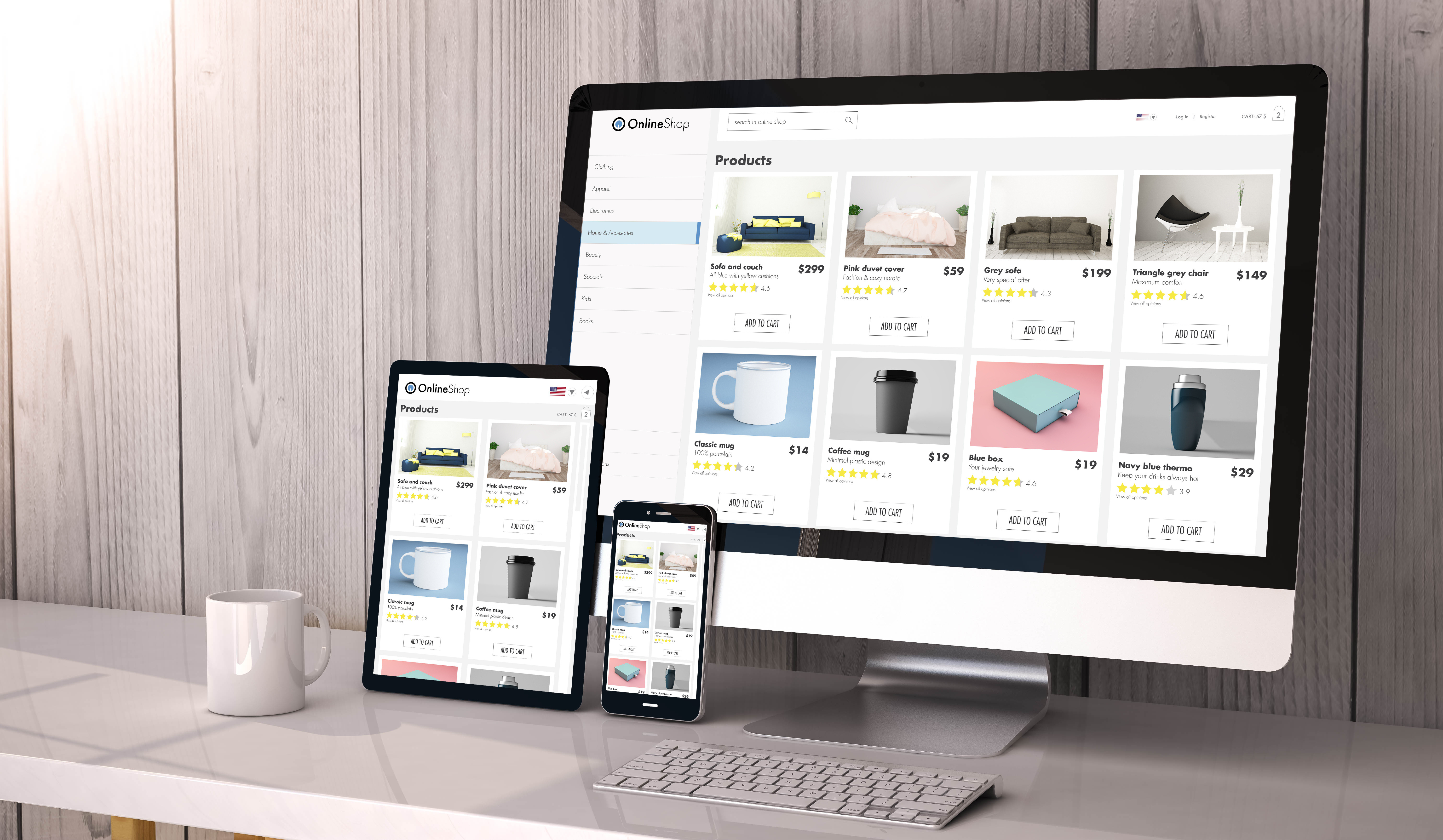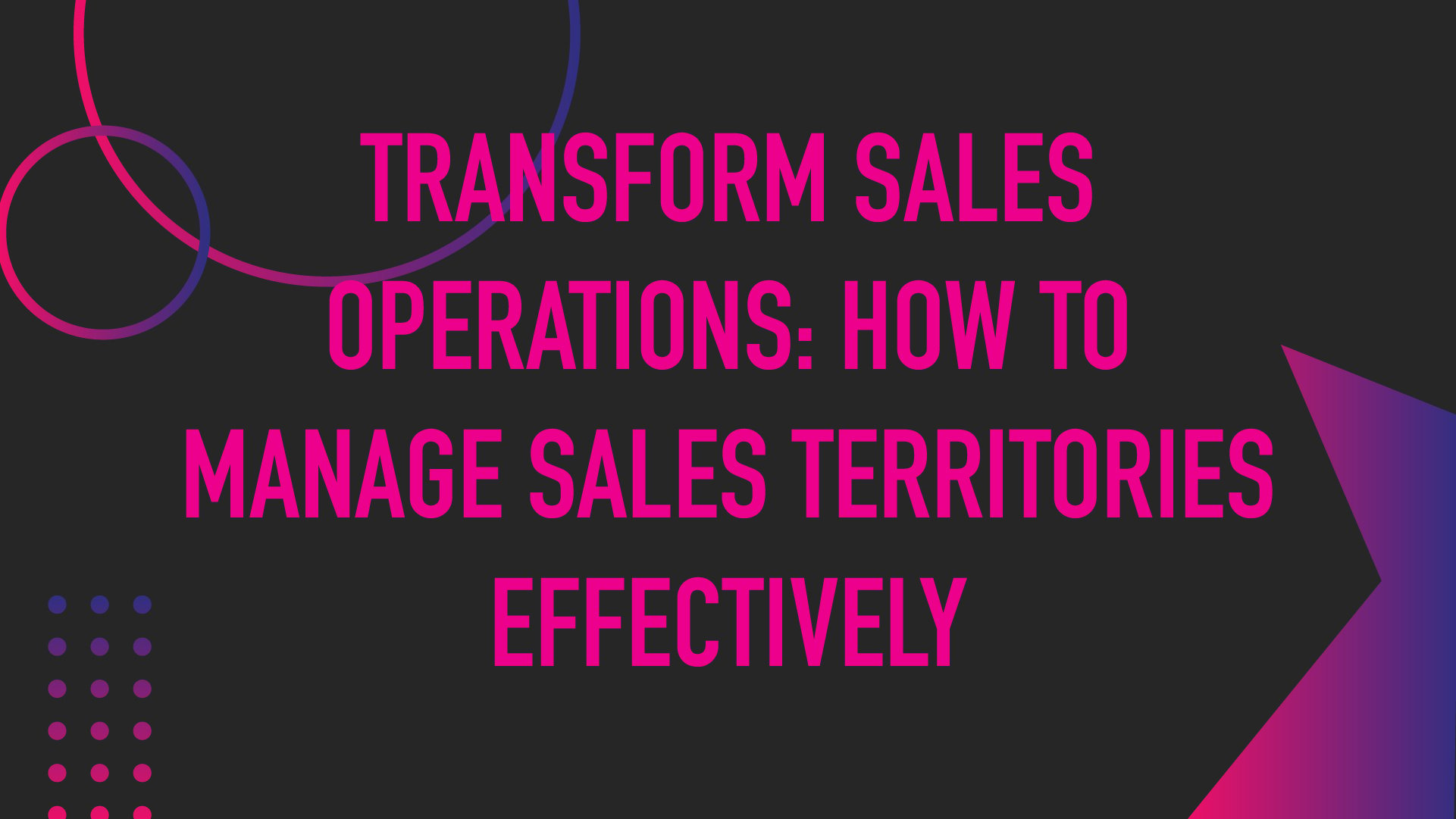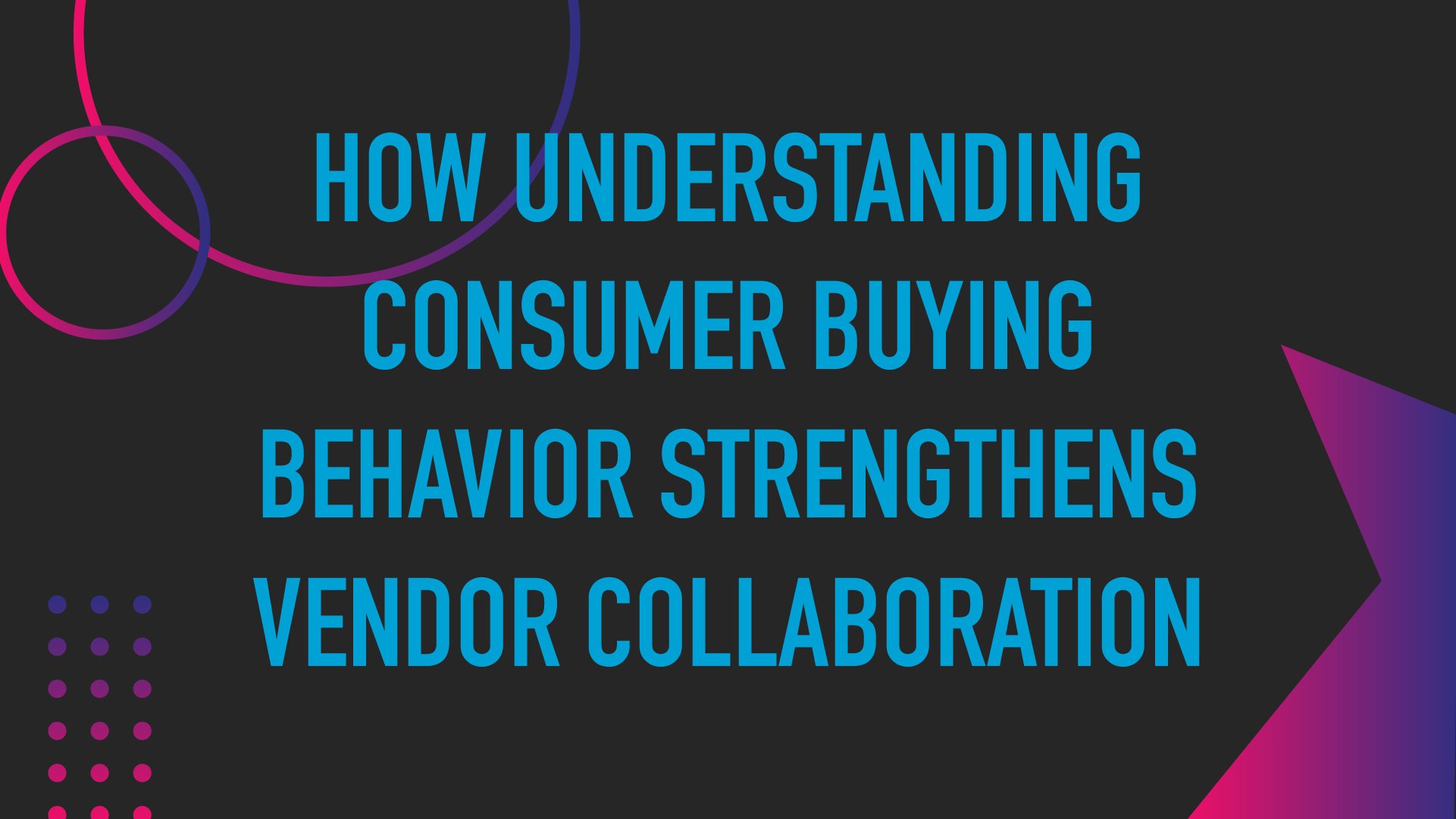
Big-box retailers have long been a one-stop-shop for an eclectic range of products, from groceries to electronics, furniture to clothing. Today, they are expanding their offerings to include health care services. Walmart's decision to bring the pharmacy in-store was merely the first pebble to cause a ripple in the traditional healthcare pond. Now, major players like Costco are following suit, introducing healthcare services within the familiar walls of retail giants. The convergence of retail and healthcare is proving to be a groundbreaking shift, providing consumers with convenient and cost-effective alternatives to traditional healthcare services. As a leader in the retail industry, understanding this trend and its implications is crucial to navigate these changes and stay ahead of the curve.
The Retail Health Care Boom
The nature of health care has undergone a remarkable transformation, with big-box retailers boldly stepping into the arena. Costco, a retail behemoth known for its bulk goods and membership-based model, has joined the ranks of those offering health care services. From prescription medications to routine check-ups, consumers can now conveniently access a range of healthcare services during their routine shopping trips. By providing prescription medications, vaccinations, and other essential healthcare services, Costco is not only expanding its product offerings but also addressing a critical need in the community. This trend is not exclusive to Costco, as other major retailers also recognize the potential of merging retail and health care.
Several retailers are expanding their revenue streams and creating additional value for their customers by diversifying their offerings and entering new sectors such as health care. Research indicates that this model increases customer loyalty, foot traffic, and drives incremental sales. Customers who visit for health care services are more likely to spend in other departments, making the health care department a significant traffic driver.
Convenience & Cost-Efficiency
The merging of retail and health care is reshaping the industry. The key allure of big-box health care lies in its convenience and cost-effectiveness. According to a recent market report, retail clinics are projected to grow at a CAGR of 20.3% from 2020 to 2027, reaching an estimated value of $7.3 billion by 2027. The primary drivers for this growth include patient preference for convenient care options, lower costs, and the increased accessibility of health care services.
The impact of this integration extends beyond just the retail industry; it also has implications for the broader healthcare sector. As these retailers enter the healthcare space, they bring with them established supply chains, logistical expertise, and extensive customer bases. For consumers, having healthcare services embedded within their regular shopping destinations translates to less time spent on medical appointments and reduced expenses.
This leveraging of vast networks, streamlined operations, and economies of scale to provide services at competitive prices has the potential to disrupt traditional models within the healthcare industry by introducing new competition and driving down costs. However, these advantages can only be harnessed by those who are prepared to invest in this new frontier and navigate the complexities it presents.
Industry Impact: What Retail Leaders Need to Know
As the industry continues to evolve, it is crucial for retailers to understand that the integration of healthcare services requires significant investment in infrastructure, skilled personnel, and compliance with healthcare regulations. To bridge the gap between shopping and health care, leaders must proactively explore and adapt to this transformative shift. Here are key considerations for retail executives:
- Customer-Centric Approach: Retailers must adopt a customer-centric approach to health care services. Understanding their customers' unique needs and preferences will enable them to effectively tailor healthcare offerings. This could include conducting surveys or market research to gain insights into what services your customers find most valuable.
- Technology Integration: Invest in technology to streamline health care services. From digital appointment scheduling to electronic health records, technology integration enhances the overall customer experience and operational efficiency.
- Regulatory Compliance: As healthcare services become an integral part of retail, adherence to healthcare regulations is paramount. Stay informed and compliant with local and national healthcare regulations to ensure a seamless integration of services.
- Collaboration with Healthcare Professionals: Collaborate with healthcare professionals to ensure both the quality and credibility of services. Establishing partnerships with medical professionals can mitigate the risk and cost associated with integrating healthcare services while enhancing the retailer's reputation and building trust among consumers.
Preparing for the Future
The future of health care is undeniably intertwined with the retail sector. As this integration continues to evolve, retail leaders must prepare for a paradigm shift in consumer expectations. This involves strategic planning, technological investment, and a commitment to delivering high-quality, accessible healthcare services. The era of big-box health care is upon us, and those who embrace it will undoubtedly shape the industry's future.
Merging retail and healthcare represents a seismic shift in the industry, redefining how consumers access and perceive healthcare services. With big-box retailers like Costco and Walmart leading the charge, the ripple effects are felt across the entire retail landscape. As this trend continues to evolve, it will be interesting to see how it shapes both the retail and healthcare industries moving forward. Retail leaders must embrace these changes, recognizing their potential to emerge as pioneers and revolutionize healthcare accessibility for their customers.



